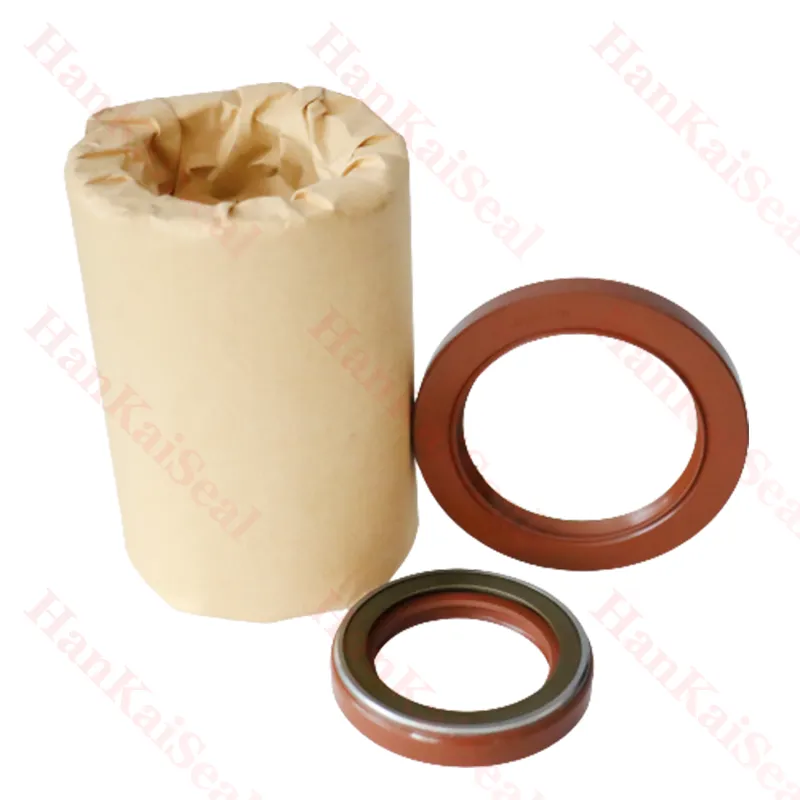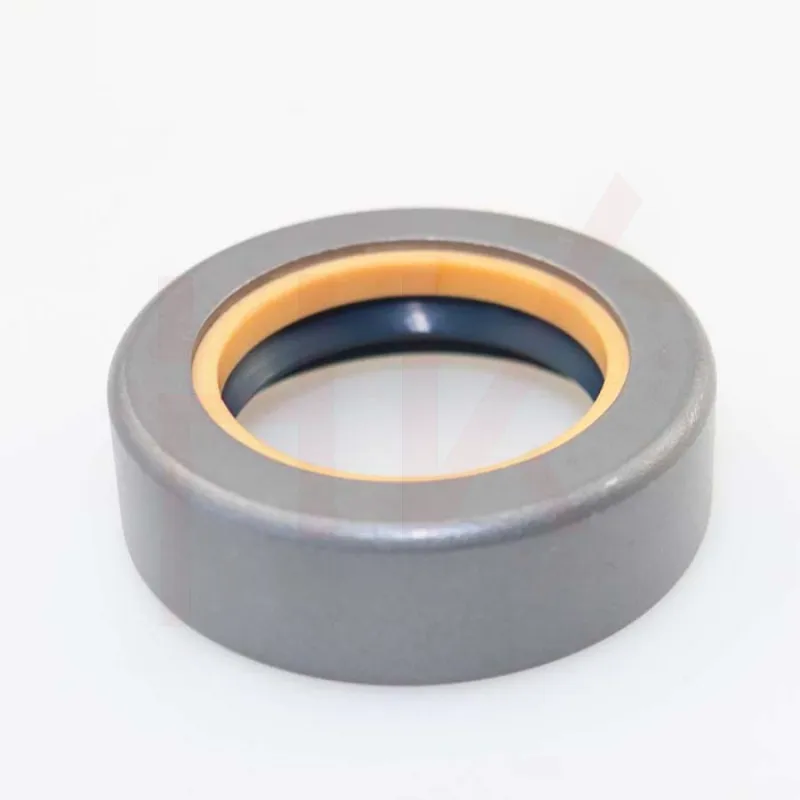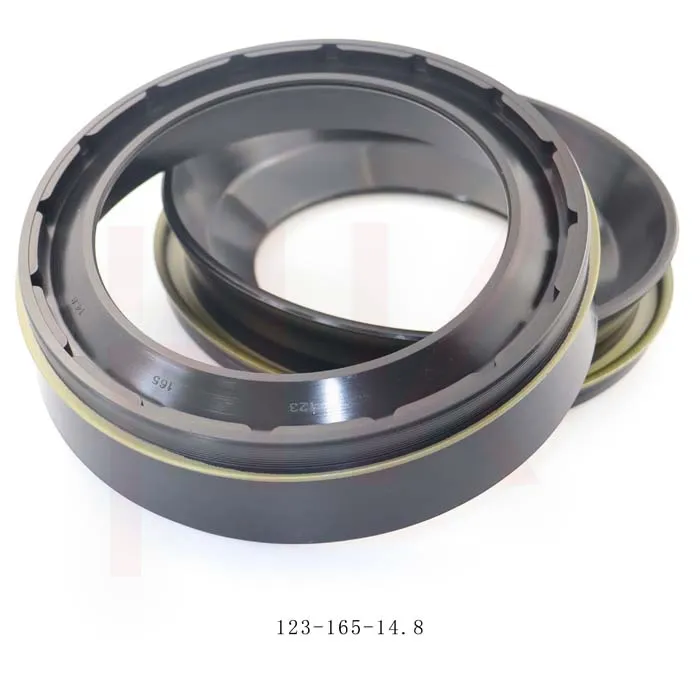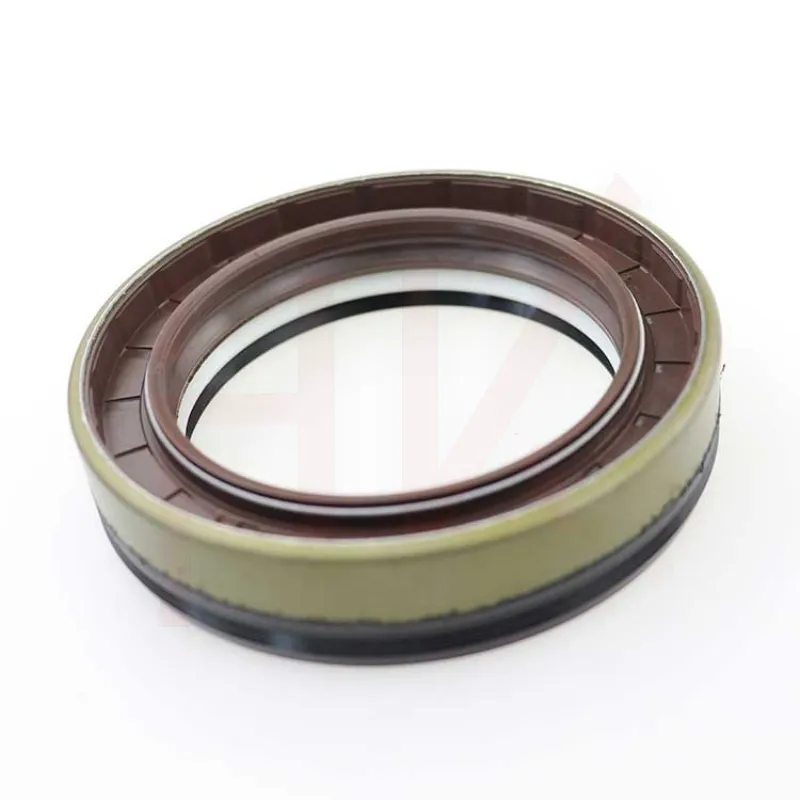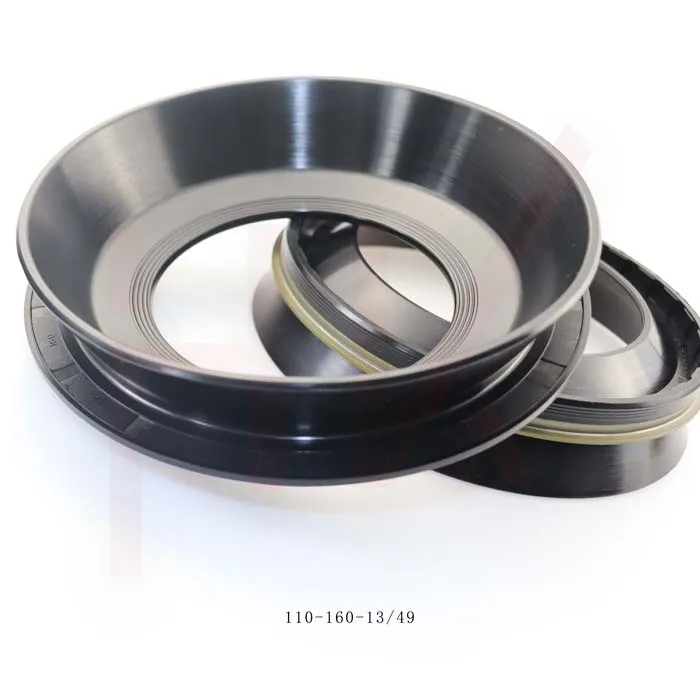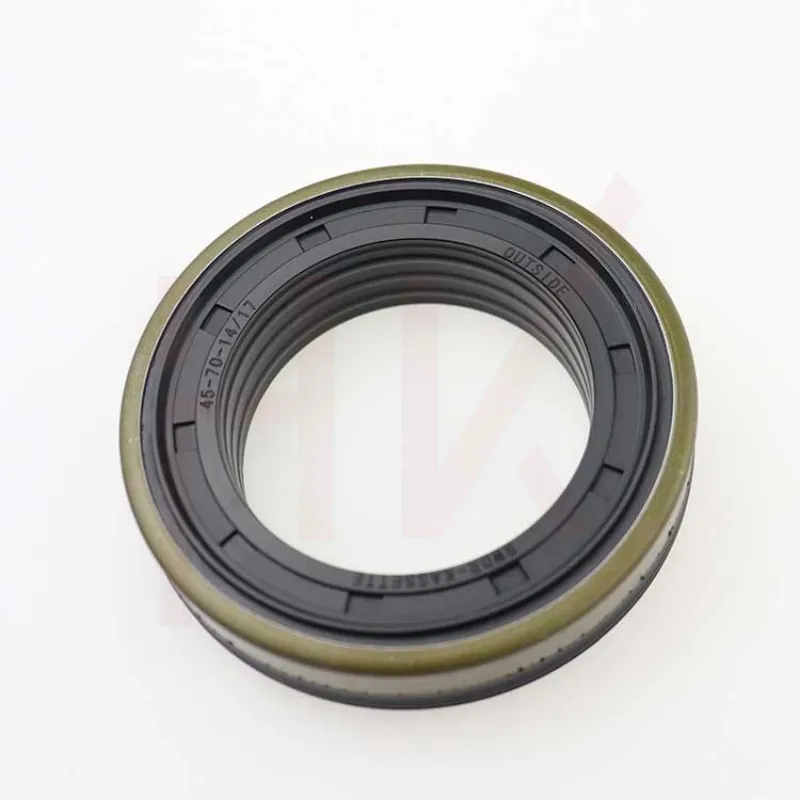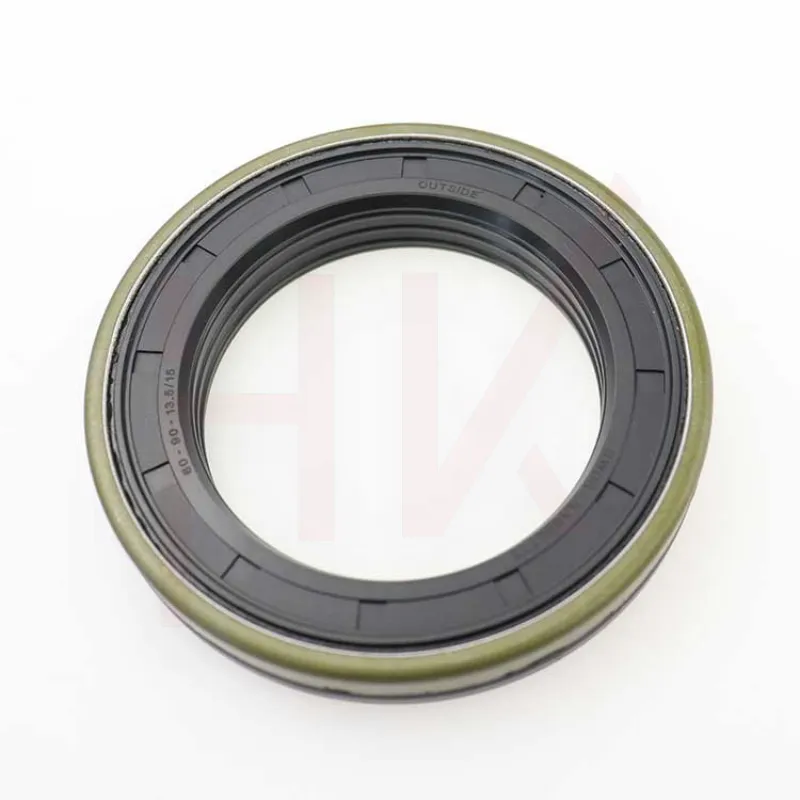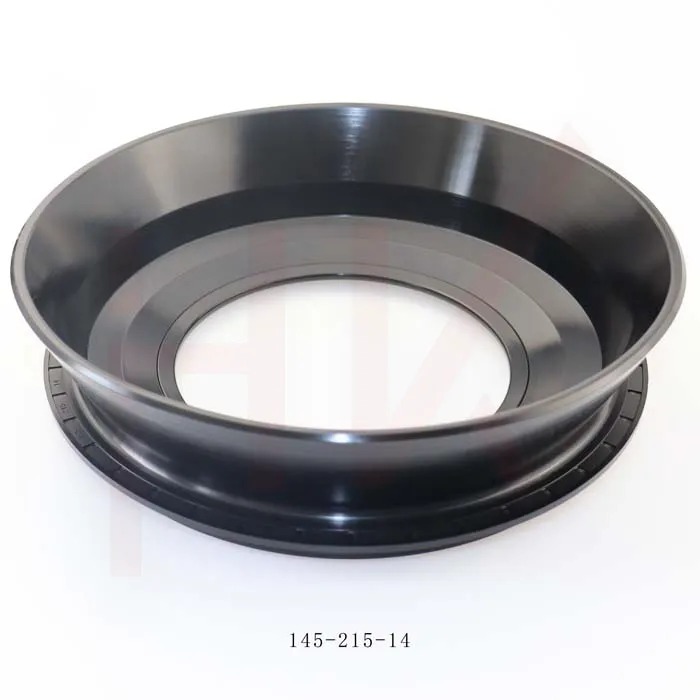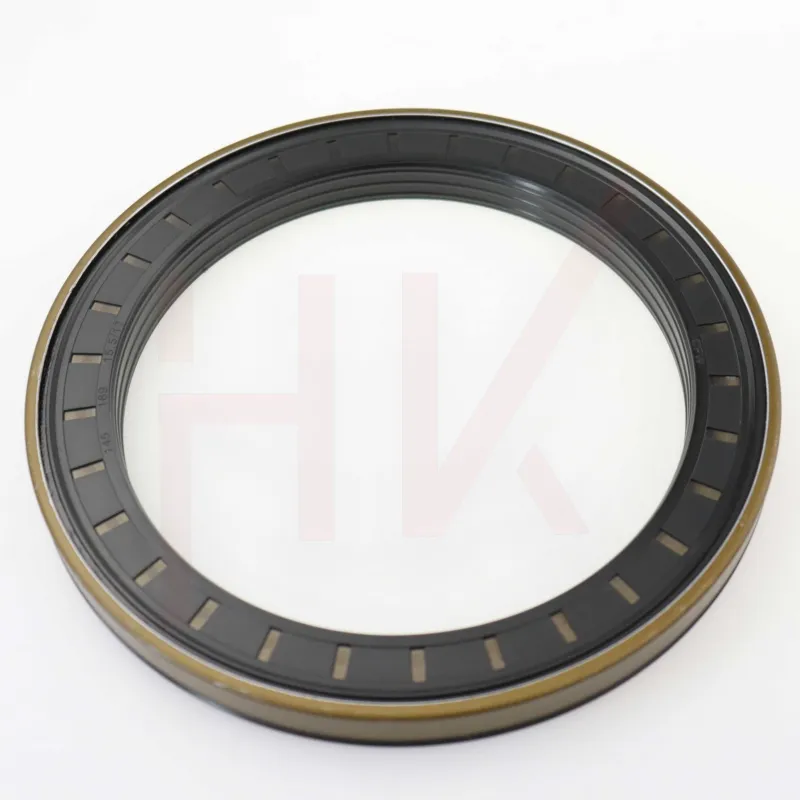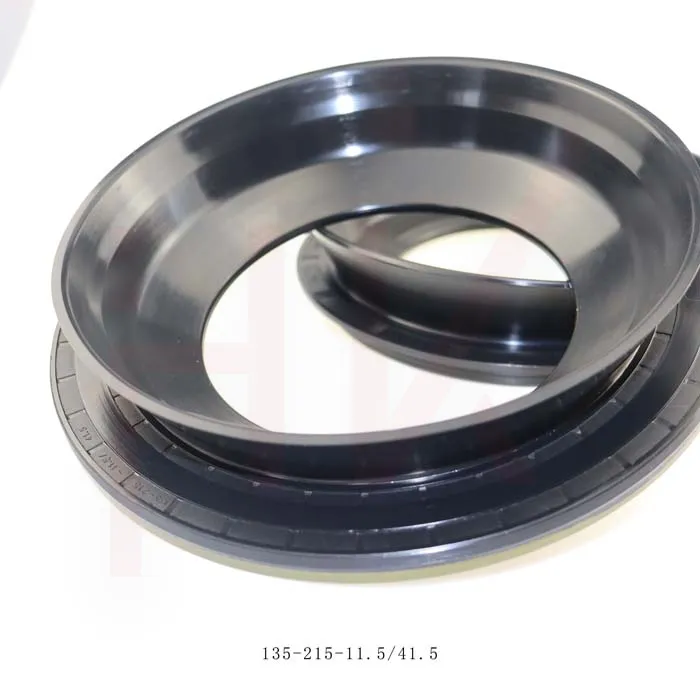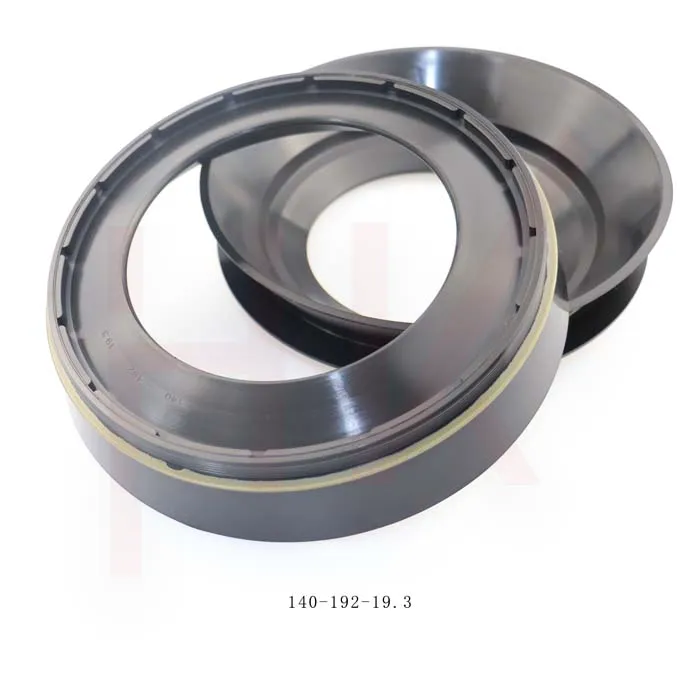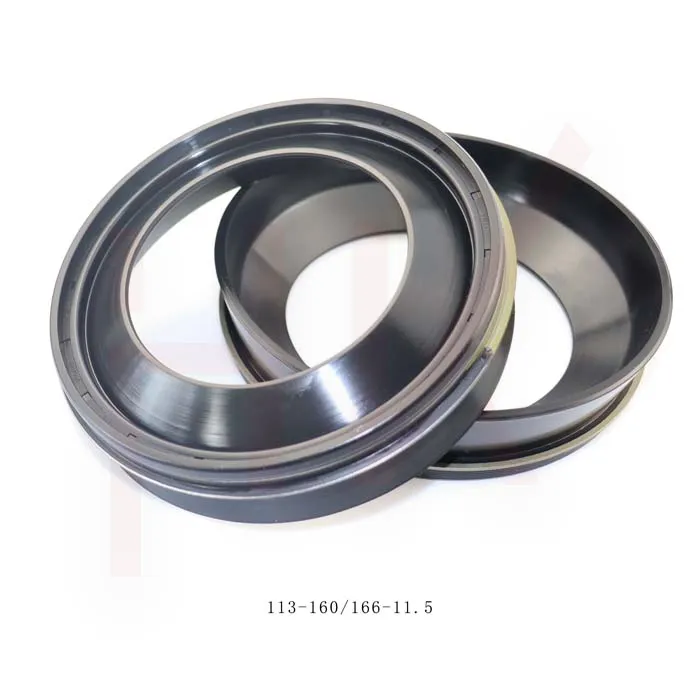- Afrikaans
- Albanian
- Amharic
- Arabic
- Armenian
- Azerbaijani
- Basque
- Belarusian
- Bengali
- Bosnian
- Bulgarian
- Catalan
- Cebuano
- Corsican
- Croatian
- Czech
- Danish
- Dutch
- English
- Esperanto
- Estonian
- Finnish
- French
- Frisian
- Galician
- Georgian
- German
- Greek
- Gujarati
- Haitian Creole
- hausa
- hawaiian
- Hebrew
- Hindi
- Miao
- Hungarian
- Icelandic
- igbo
- Indonesian
- irish
- Italian
- Japanese
- Javanese
- Kannada
- kazakh
- Khmer
- Rwandese
- Korean
- Kurdish
- Kyrgyz
- Lao
- Latin
- Latvian
- Lithuanian
- Luxembourgish
- Macedonian
- Malgashi
- Malay
- Malayalam
- Maltese
- Maori
- Marathi
- Mongolian
- Myanmar
- Nepali
- Norwegian
- Norwegian
- Occitan
- Pashto
- Persian
- Polish
- Portuguese
- Punjabi
- Romanian
- Russian
- Samoan
- Scottish Gaelic
- Serbian
- Sesotho
- Shona
- Sindhi
- Sinhala
- Slovak
- Slovenian
- Somali
- Spanish
- Sundanese
- Swahili
- Swedish
- Tagalog
- Tajik
- Tamil
- Tatar
- Telugu
- Thai
- Turkish
- Turkmen
- Ukrainian
- Urdu
- Uighur
- Uzbek
- Vietnamese
- Welsh
- Bantu
- Yiddish
- Yoruba
- Zulu
Sep . 02, 2025 15:54 Back to list
Navigating the World of Hub Seals for Optimal Vehicle Performance
In the intricate realm of automotive components, hub seals are unsung heroes that play a pivotal role in maintaining the integrity and functionality of wheel assemblies. Whether it's the inner hub seal tucked away in the heart of the hub, the versatile rubber hub seal, the precision - matched hub seals by size, or the specialized cassette oil seal and combi oil seal, each type serves a distinct and crucial purpose. These seals are not just simple components; they are the guardians of the wheel hub, ensuring smooth operation, preventing costly damage, and enhancing the overall safety and reliability of vehicles.
Inner Hub Seal: The Core Defender of Wheel Assemblies
The inner hub seal is a critical component nestled deep within the wheel hub assembly. Its primary function is to create a tight barrier that prevents the leakage of lubricating oil from the inner workings of the hub. This seal is designed to withstand high rotational speeds and the constant forces exerted during vehicle operation. In trucks like the M979, M1061A1, M1061, M1073, M105A3, and M135/M211 series, the inner hub seal is a key component in maintaining the integrity of the wheel hub. A well - functioning inner hub seal ensures that the wheel bearings are continuously lubricated, reducing friction and wear. If this seal fails, oil can leak out, leading to bearing overheating and potential failure. This not only poses a safety risk but can also result in expensive repairs. Regular inspection and timely replacement of the inner hub seal are essential for vehicles that rely on their wheel assemblies for heavy - duty operations.
Rubber Hub Seal: Versatility and Durability in One Package
The rubber hub seal is a popular choice in the world of hub seals due to its unique combination of flexibility and durability. Made from materials such as nitrile rubber (NBR), fluororubber (FKM), or silicone rubber, these seals are designed to adapt to various operating conditions. NBR - based rubber hub seals offer excellent oil resistance and are suitable for general automotive applications. They can withstand exposure to lubricating oils without degrading, ensuring a long - lasting seal. FKM - based seals, on the other hand, are known for their high - temperature resistance and chemical corrosion resistance, making them ideal for harsh environments. In industrial machinery or high - performance vehicles, where extreme temperatures and chemical exposure are common, FKM rubber hub seals provide reliable protection. The rubber material also allows for a snug fit, effectively blocking contaminants such as dirt, water, and debris from entering the hub assembly. This helps to extend the life of the wheel bearings and other critical components.
Hub Seals by Size: Precision - Matched for Perfect Fit
Finding the right - sized hub seals by size is crucial for ensuring proper functionality. Hub seals come in a wide range of sizes, each designed to fit specific wheel hub and axle configurations. The dimensions of a hub seal, including its inner diameter, outer diameter, and height, must match those of the hub and axle it is intended for. In the case of cassette oil seals, for example, there are specific size options such as 45x70x14/17, 56x80x13/14.5, and many more. These precise measurements ensure that the seal creates an effective barrier. A seal that is too small may not provide a proper seal, leading to oil leakage and contamination ingress. Conversely, a seal that is too large may not fit correctly and can be easily dislodged during operation. When replacing hub seals, it is essential to consult the vehicle's manual or use accurate measuring tools to determine the correct size. This precision - matching process is not only important for the performance of the seal but also for the overall safety and reliability of the vehicle.
Cassette Oil Seal: Heavy - Duty Protection Against Pollutants
The cassette oil seal is a specialized type of seal that offers reliable rotary sealing solutions, especially in heavy - duty applications. These seals are engineered to be highly effective against multiple pollutants such as dust, powerful jets of water, mud, stones, UV rays, and aggressive fluids. They are commonly used in agricultural machinery, where the operating environment is particularly harsh. Each cassette oil seal typically consists of an oil seal and a sleeve that are unitized, providing enhanced protection. The internal dynamic and static sealing systems work in tandem to keep out external soiling and contamination that could otherwise compromise the performance of the application and reduce vehicle reliability. The use of labyrinth seal technology further shields the cassette oil seal from external elements. Made from materials like NBR, which has good mechanical properties and wear resistance, these seals can withstand the rigors of continuous operation in demanding conditions.
Combi Oil Seal: Combining Multiple Functions for Superior Sealing
The combi oil seal is designed to combine multiple sealing functions into one compact unit. It often incorporates features of both oil - retaining and contaminant - blocking seals. This type of seal is engineered to provide comprehensive protection for the wheel hub assembly. In some applications, the combi oil seal may have a dual - lip design, with one lip dedicated to preventing oil leakage and the other to blocking the entry of dirt and debris. This combination ensures that the wheel bearings remain properly lubricated while being shielded from harmful contaminants. The materials used in combi oil seals are carefully selected to balance durability, flexibility, and resistance to various substances. Depending on the application, these seals can be made from materials similar to those used in other hub seals, such as rubber compounds or synthetic materials, to meet specific performance requirements.
Hub Seal FAQs
How do I know if my inner hub seal is failing?
Signs of a failing inner hub seal include visible oil leakage around the hub area. You may also notice abnormal noises coming from the wheel, such as a grinding or humming sound, which could indicate that the bearings are not being properly lubricated due to oil leakage. Additionally, if you feel vibrations in the steering wheel or the vehicle while driving, it could be a sign of inner hub seal failure.
What factors should I consider when choosing a rubber hub seal?
When choosing a rubber hub seal, consider the operating environment. If the vehicle is used in a high - temperature or chemically - aggressive environment, a fluororubber (FKM) seal may be more suitable. For general automotive applications with normal temperature and oil exposure, nitrile rubber (NBR) seals are often a good choice. Also, ensure that the size of the rubber hub seal matches the dimensions of your hub and axle for a proper fit.
-
Reliable Oil Seal Wheel Hub Solutions for Industrial & Automotive Use
NewsNov.17,2025
-
Durable Front Hub Oil Solutions for Industry – HKAiSeal
NewsNov.17,2025
-
Wholesale Hydraulic Pump Motor Seal Kit A4VSO250 | In Stock
NewsNov.17,2025
-
Pump Seal Kits: Essential Components for Industrial Reliability
NewsNov.17,2025
-
TCV Oil Seal - Double-Lip, Spring-Loaded, High Temp & Wear
NewsNov.17,2025
-
Hydraulic Seal Kits: Reliable Solutions for Industrial Equipment
NewsNov.17,2025
-
Combined oil seal 659214 12001903B, fits 119990, NBR OEM
NewsNov.17,2025
Products categories


